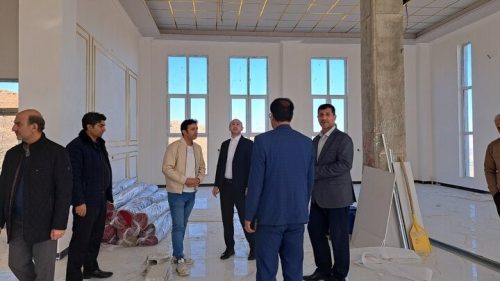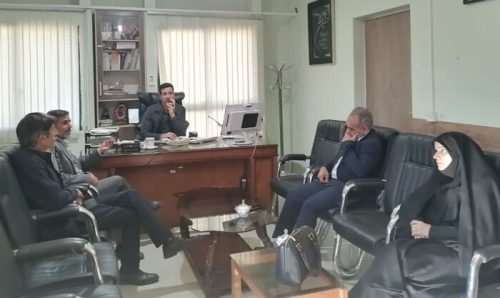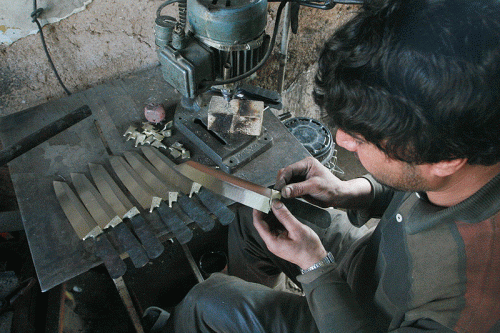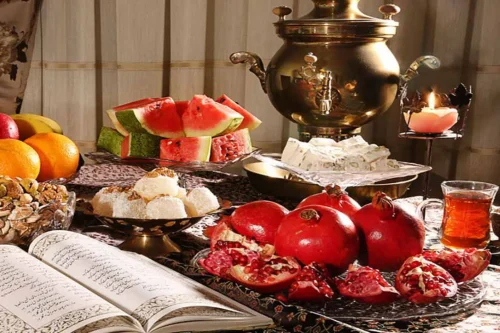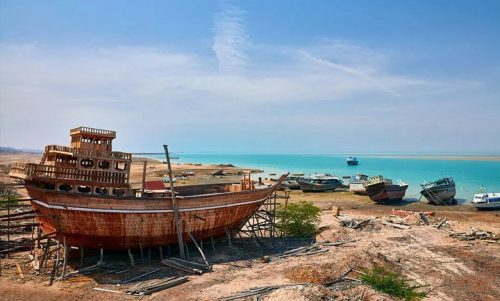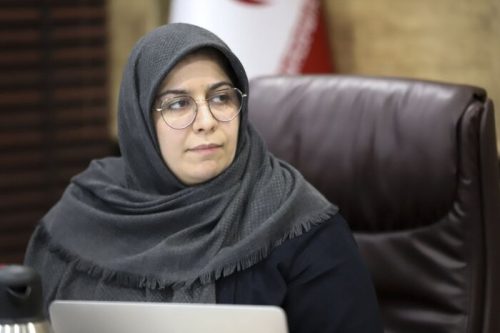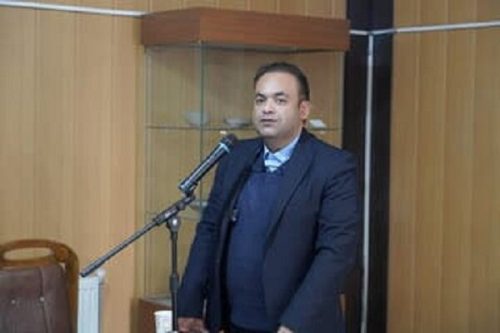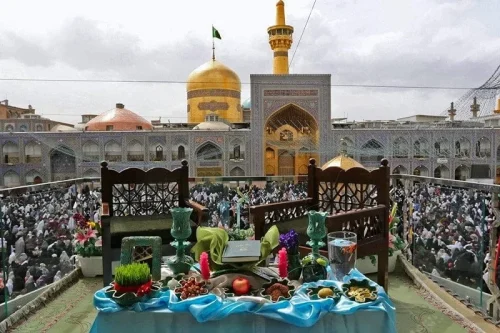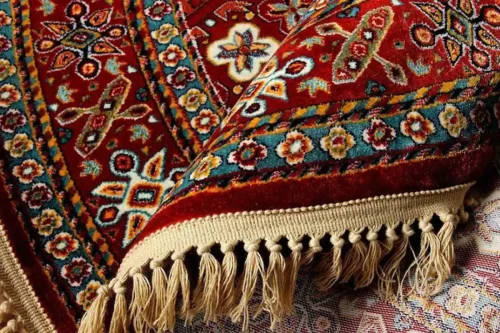News Source : https://www.mehrnews.com/news/6306003/%D8%A8%D8%B1%DA%AF%D8%B2%D8%A7%D8%B1%DB%8C-%D9%86%D8%AE%D8%B3%D8%AA%DB%8C%D9%86-%D8%AF%D9%88%D8%B1%D9%87-%D8%A2%D8%A8-%D8%A7%D9%86%D8%A8%D8%A7%D8%B1-%D8%B4%D9%86%D8%A7%D8%B3%DB%8C-%D9%88-%D9%85%D8%B9%D8%B1%D9%81%DB%8C-%DA%AF%D8%B1%D8%AF%D8%B4%DA%AF%D8%B1%DB%8C-%D8%A2%D8%A8-%D8%A7%D9%86%D8%A8%D8%A7%D8%B1-%D8%AF%D8%B1
First Water Reservoir Studies and Tourism Workshop in Kashan
Kashan, a notable historical and cultural city in Iran, hosted the first specialized workshop on Water Reservoir Studies and Tourism Promotion in Kashan. This workshop aimed to enhance the knowledge and awareness of those interested in Iranian history and architecture, highlighting the importance of preserving historical water reservoirs. Organized by the Cultural, Social, and Sports Organization of Kashan Municipality in collaboration with the Cultural Heritage, Tourism, and Handicrafts Department, the educational program allowed participants to visit historical water reservoirs such as Mianchal, Hajj Seyed Hossein Sabbagh, Hakim Haroon, and Sarpelle, examining the structure and role of these reservoirs in water preservation and tourism development. Additionally, the workshop delved into the details of historical-cultural-religious water structures and their connection to tourism. The course concluded with the distribution of certificates and souvenir books about the water reservoirs of Kashan, Aran, and Bidgol, marking a significant step towards sustainable preservation and utilization of Kashan’s historical water reservoirs.
Hosting the First Cistern Studies Course in Kashan by Iran Charter
Iran Charter, with the aim of enhancing public knowledge and awareness about historical cisterns, organized the first specialized cistern studies course in the historical city of Kashan. This course, in collaboration with cultural and tourism organizations, provided a unique opportunity for enthusiasts of history and architecture to become more familiar with the structure and significance of Kashan’s cisterns.
Introduction of Cistern Tourism in Kashan
One of the main goals of this course is to introduce and promote tourism related to the historical cisterns of Kashan. Participants, by visiting famous cisterns like Miyanchal and Hakim Harun, studied the role of these water structures in preserving water resources and attracting tourists to this region.
Cooperation with Cultural and Sports Organization of Kashan Municipality
This course was conducted in close collaboration with the cultural, social, and sports organization of Kashan Municipality and the Department of Cultural Heritage, Tourism, and Handicrafts, enhancing the quality of educational and operational programs. These collaborations ensured the course met high standards and had a greater impact.
The Role of Historical Cisterns in Water Resource Protection
Kashan’s historical cisterns not only symbolize Iranian architecture but also play an important role as an effective method in the protection of the region’s water resources. In this course, key topics such as the reuse of cisterns and reducing pressure on water resources were examined.
The Process of Restoration and Rehabilitation of Kashan’s Cisterns
A significant part of the course involved reviewing the restoration process of Hakim Harun and Sarpalleh cisterns. Experts in historical architecture and tourism managers discussed methods for improving and preserving these historical structures while adhering to traditional architectural principles.
Impact of Cistern Studies on Sustainable Tourism Development
The training provided in this course demonstrated that cistern studies could be used as a tool for sustainable tourism development in Kashan. By properly maintaining and utilizing the cisterns, more examples of cultural and historical tourism can be introduced to the market.
Conducting Practical Workshops in Historical Cisterns
Throughout the course, participants had the opportunity to engage in practical workshops in the Miyanchal and Hajj Seyyed Hossein Sabbagh cisterns. This practical experience helped them better understand the structure and function of these water structures and propose innovative solutions for their protection.
The Importance of Education and Promotion of Cistern Studies Among Youth
Another aim of Iran Charter is to promote cistern studies among the younger generation. By offering certificates of participation and distributing souvenir books, the course motivated young people to study and research historical cisterns and actively participate in preserving this cultural heritage.
The First Specialized Cistern Studies Course Concluded
With the distribution of certificates and souvenir books about the cisterns of Kashan, Aran and Bidgol, Iran Charter successfully concluded the first specialized cistern studies course and the introduction of cistern tourism in Kashan. This success was a significant step towards the sustainable preservation and utilization of Kashan’s historical cistern heritage and generated greater hope for future courses.
Frequently Asked Questions
- What major event was recently held in Kashan?
- The first cistern studies course and introduction to cistern tourism was held in Kashan.
- Who participated in the first cistern studies and tourism introduction course in Kashan?
- Participants included history and architecture enthusiasts, architecture students, and education teachers.
- Which organizations collaborated in conducting the first cistern studies course in Kashan?
- The course was conducted by the cultural, social, and sports organization of the municipality in collaboration with the Kashan Cultural Heritage, Tourism, and Handicrafts Department.
- What were the objectives of the first cistern studies course and introduction to cistern tourism?
- The course emphasized the importance of authentic historical buildings, the necessity of reusing cisterns, their role in reducing pressure on water resources, and their significance in non-operational defense.
- Which historical cisterns of Kashan were visited during the course?
- Participants visited cisterns such as Miyanchal, Hajj Seyyed Hossein Sabbagh, Hakim Harun, Sarpalleh, and the cistern inside Manouchehri House.
- What topics were covered in the educational program of the first cistern studies course?
- The educational program included the history of the Miyanchal Mosque and School, stone inscriptions of the Miyanchal Bazaar, active dyeing houses, the restoration process of Hakim Harun cistern, and detailed explanations of the parts of historical water structures.
- Who were the key speakers of this course?
- The key speakers included Seyfollah Aminian, Masoud Attarha, Mahdi Houshmandi-Nejad, and Hossein Zakeri.
- What is the importance of preserving historical cisterns according to this course?
- Preserving historical cisterns is important for maintaining architectural heritage, ensuring sustainable water usage, and supporting tourism development.
- How do cisterns help reduce pressure on water resources?
- Cisterns help reduce pressure on natural water resources by storing and reusing water, ensuring sustainable water management.
- How was the relationship between cisterns and non-operational defense explained in this course?
- Cisterns help community sustainability and non-operational defense by providing reliable water supply during emergencies or crises.
- What educational resources were given to participants in the cistern studies course?
- Participants received the book ‘Ab-Anbaars, a Forgotten Legacy of Kashan, Aran, and Bidgol’ by Dr. Hossein Farokh-Yar.
- How was the importance of architectural features of cisterns explained in this course?
- Architectural features such as front porches, entrances, pathways, reservoirs, outlets, domes, and wind catchers are vital for the function and aesthetics of historical cisterns.
- How does the course connect cistern studies to tourism?
- The course demonstrated how preserving and promoting historical cisterns can attract tourists and boost the region’s cultural tourism.
- How were the components of a historical cistern explained in this course?
- Components of a historical cistern include front porch, entrance, pathway or corridor, reservoir, outlet, dome, and wind catcher.
- Which joint committees participated in conducting this course?
- The Saqayat Committee (preservation, restoration, and enhancement of historical endowment cisterns) and the management of Manouchehri House participated in the course.
- What book was given to participants and who is the author?
- The book ‘Ab-Anbaars, a Forgotten Legacy of Kashan, Aran, and Bidgol’ by Dr. Hossein Farokh-Yar was given to participants.

